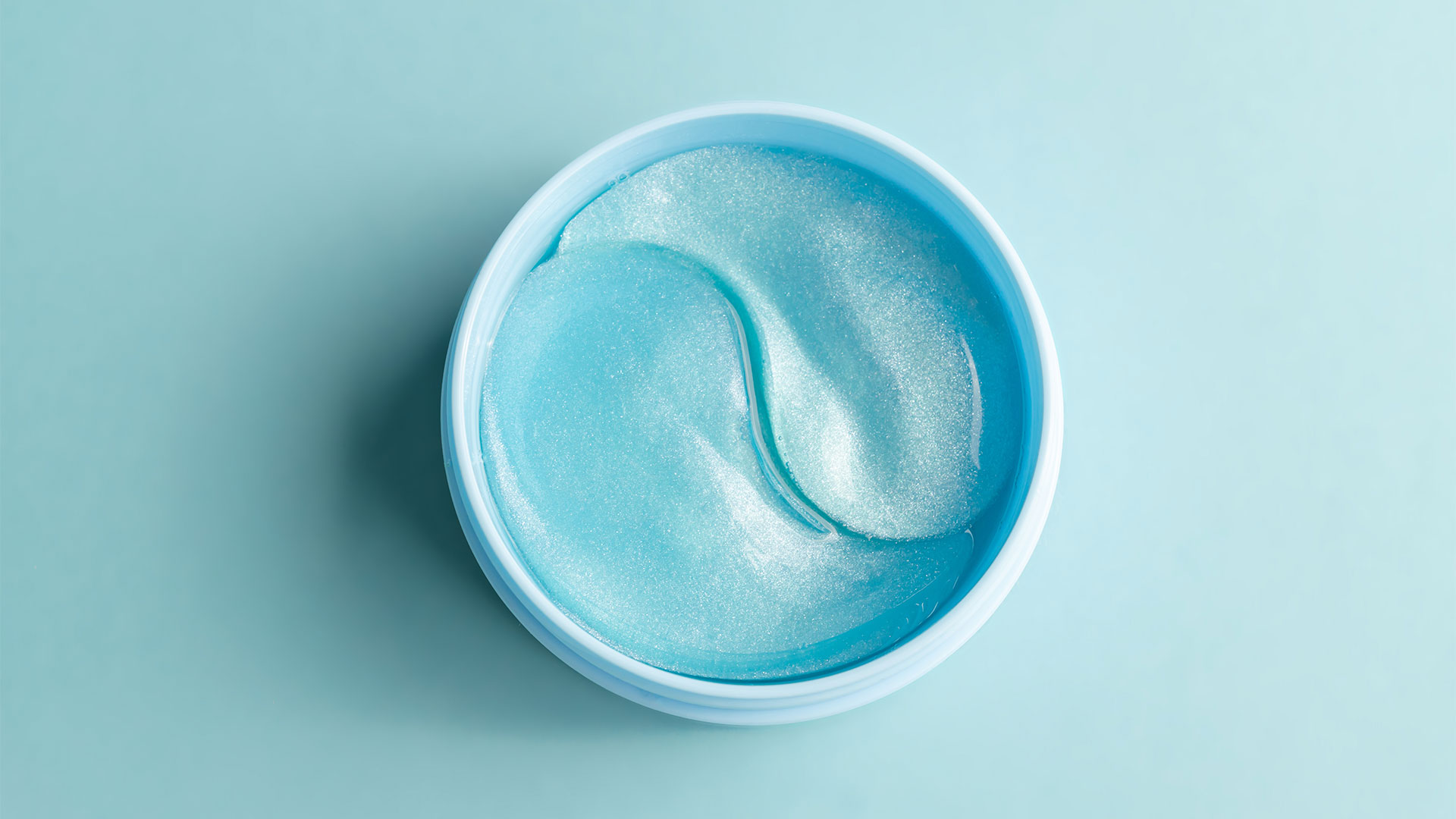
Hydrogel Coated Heatsinks Significantly Boost Passive CPU Cooling Capabilities
A paper shared on Cell Reports Physical Science suggests coating heatsinks with hydrogels delivers a “significant” benefit to passive cooling. The paper highlights the testing of a hydrogel-based moisture thermal battery (MTB) for passive thermal management of electronics such as a 100W FET and an 84W Intel Core i5-4690 CPU. Test results are encouraging, with the MTB making the electronics components run approximately 15°C cooler than a heatsink alone. Caveats apply, naturally.

In a preamble to the research discussion, the scientists from the University of California remind us that cooling electronics is a necessary but expensive business, with the main costs being energy and water usage and the environmental impact of using those resources. If passive cooling can be improved, it could be of great benefit in trimming such overheads.
Hydrogel coatings cool in a similar way to how an animal sweats. The scientists explain that when the electronics are under load, the hydrogel will release water that evaporates to create a cooling effect. When the electronics are idling, this allows the hydrogel to recharge its moisture content, getting ready for the next workload.
From that description you can probably sense that hydrogel cooling is a great fit for applications with cyclical workloads. The scientists give examples of a 5G cell tower and a data center, both with 12 hour high-load to low-load cycles.
Tests were completed with the aforementioned 100W FET and 84W Intel CPU, and in both cases MTB cooling performance is “significantly higher than previously reported passive cooling methods.” The comparison tests were run at a room temperature of 22°C, and relative humidity (RH) of 70%. The 15°C delta seems a very worthwhile improvement. Humidity helps the MTB recharge between thermal loads being applied. It would thus work particularly well in the tropics — locations like Florida, Hong Kong, Singapore, Taiwan, etc. — where relative humidity can be 80–90%.
In situations where the MTB isn’t sufficient on its own, it can be leveraged in hybrid solutions alongside heat pipes, vapor chambers, or liquid circulation loops. However, there are ways to tune the MTB for your particular use case. For example, the MTB responds positively to having a larger surface area and thinner hydrogel coating, where design constraints allow. Another thing in favor of the MTB is that the scientists claim it is a scalable solution, with a relatively low price of $12 per unit.
The scientists conclude that ideal applications for the MTB are in the “thermal management for 5G chips, power batteries, server/data centers, and optoelectronics.” Device use following the ideal cyclical nature needed for MTB water recharging from humidity might fit with your usage of a device like an HTPC. But this is clearly still in the test phases.
We would have liked to see a chart showing what happens if the workload doesn’t run along a smooth cycle, so the hydrogel is unable to recharge. It would also be interesting to see results at higher power draws, since modern CPUs can easily reach into the 200W and higher range. Would the hydrogel stop delivering its 15°C delta, or would it even break down under a long sustained thermal load? These are perhaps questions for future research.


